Home>Articles>Who Is Responsible For The Maintenance, Repair, And Ownership Of A Fence
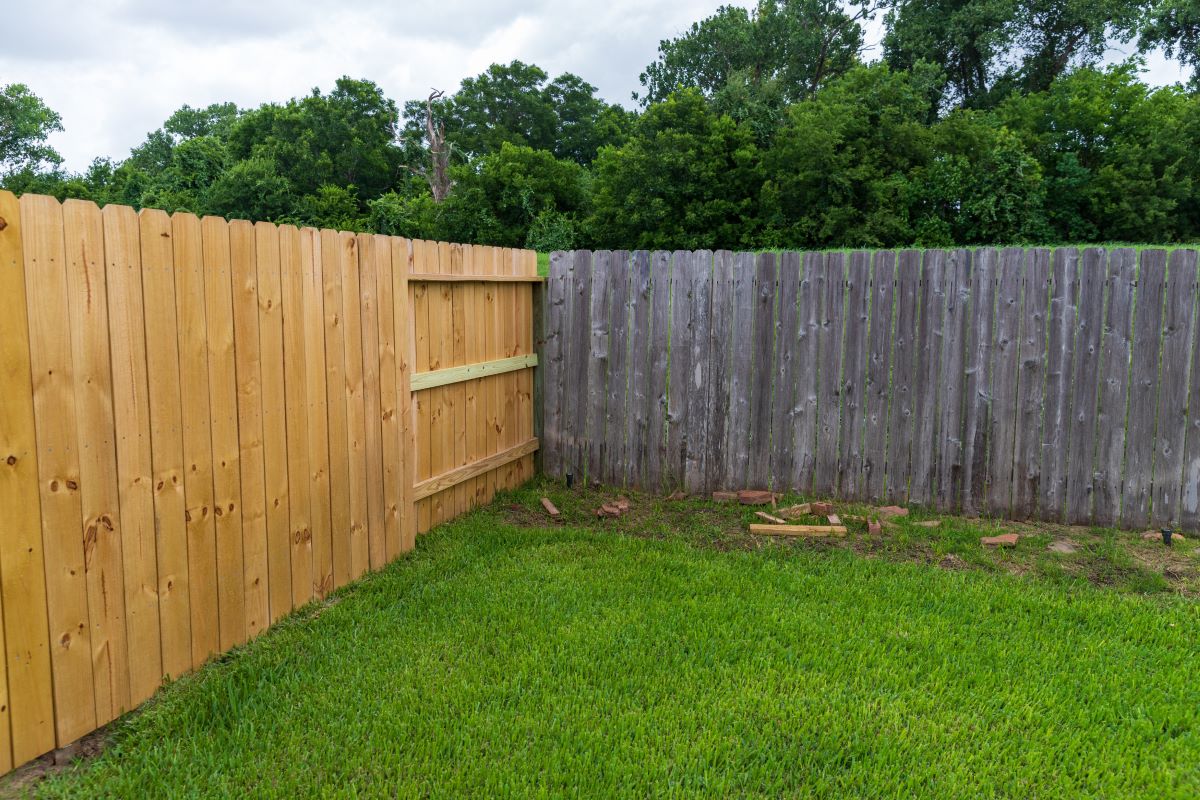

Articles
Who Is Responsible For The Maintenance, Repair, And Ownership Of A Fence
Modified: January 8, 2024
Discover who is responsible for maintaining a fence and keep your property secure. Read articles on how to handle fence ownership and maintenance.
(Many of the links in this article redirect to a specific reviewed product. Your purchase of these products through affiliate links helps to generate commission for Storables.com, at no extra cost. Learn more)
Introduction
A fence is not only a functional part of a property but also plays a significant role in enhancing its aesthetic appeal, privacy, and security. It serves as a boundary marker, keeping unwanted visitors out and providing a sense of ownership to the property owner. However, when it comes to determining who is responsible for the maintenance, repair, and ownership of a fence, things can become a bit complicated. This article aims to shed light on the various stakeholders involved in fence ownership, including the government, homeowners, homeowner’s associations, and neighbors, and address the legal disputes that may arise.
Key Takeaways:
- Understanding the roles and responsibilities of stakeholders in fence ownership, such as homeowners, government authorities, and neighbors, is crucial for maintaining harmonious relationships and addressing potential issues effectively.
- Legal disputes related to fence ownership can be prevented through open communication, adherence to regulations, and proactive resolution of conflicts, fostering a positive neighborhood environment and good relationships with neighbors.
Read more: Who Is Responsible For Plumbing In A Condo
Definition of a Fence
A fence is a structure that is typically made of wood, metal, or vinyl and is designed to enclose a specific area. Its primary purpose is to provide a physical barrier, marking the boundary of a property and preventing unauthorized entry. Fences come in various styles, heights, and materials, allowing homeowners to choose the option that best suits their needs and preferences.
Fences serve multiple functions, including privacy, security, and safety. They can provide a secluded space for homeowners to enjoy their outdoor areas without prying eyes, deter trespassers and potential burglars, and create a safe environment for children and pets. Additionally, fences can help define property lines, prevent animals from entering or escaping, and even enhance the overall appearance of a property.
It is important to note that fences are subject to certain regulations and guidelines imposed by local authorities and homeowner’s associations. These rules determine the permissible height, material, and placement of fences, ensuring that they comply with the aesthetic and safety standards of the community.
Importance of a Fence
A fence serves several important purposes that make it an essential aspect of property ownership. Here are some key reasons why having a fence is important:
- Privacy: One of the primary reasons homeowners choose to install a fence is to create a private space. A fence can act as a physical barrier, preventing nosy neighbors or passersby from peering into your yard or home. It allows you to enjoy your outdoor space without feeling exposed.
- Security: A well-constructed fence acts as a deterrent to potential intruders. It creates a physical obstacle, making it more difficult for unauthorized individuals to enter your property. The presence of a fence can make your home and family feel safer and more secure.
- Boundary Marker: Fences clearly define the boundary lines of your property, ensuring that there is no ambiguity or dispute over the land ownership. This is particularly important in areas where properties are close together.
- Curb Appeal: A properly maintained fence can add value and enhance the overall aesthetic appeal of your property. It can complement the architectural style of your home and create a more visually pleasing environment. In some cases, a fence can even act as a focal point or unique design element.
- Noise Reduction: Depending on the type of fence and its construction, it can help mitigate external noise. This is especially beneficial for homeowners who live in busy neighborhoods or near main roads.
- Pet Containment: If you have pets, a fence provides a secure area for them to roam and play without the risk of them wandering off or getting lost. It gives you peace of mind, knowing that your furry friends are safe within the confines of your property.
- Neighborly Relations: A fence can help establish boundaries and maintain a good relationship with your neighbors. It avoids misunderstandings or disputes over encroachment on each other’s properties.
Overall, a well-designed and properly maintained fence offers numerous benefits, ranging from privacy and security to aesthetics and property value. It is an investment that can enhance the enjoyment, safety, and overall functionality of your home.
Stakeholders Involved in Fence Ownership
When it comes to fence ownership, there are several stakeholders involved, each with specific responsibilities and rights. Understanding the role of each stakeholder is crucial in maintaining a harmonious relationship and resolving any issues that may arise. Here are the main stakeholders involved in fence ownership:
- Homeowners: As the primary owners of the property, homeowners have a significant role in fence ownership. It is their responsibility to ensure the proper installation, maintenance, and repair of the fence on their property. They have the right to choose the type of fence and make decisions regarding its appearance and materials, as long as they comply with local regulations and community guidelines.
- Government and Municipal Authorities: Local government and municipal authorities play a role in fence ownership by establishing regulations and guidelines regarding fences. These regulations dictate the permissible height, materials, and placement of fences to ensure safety, aesthetics, and uniformity within the community. Homeowners must adhere to these regulations and obtain necessary permits before installing or making alterations to their fences.
- Homeowner’s Associations: In planned communities or neighborhoods with homeowner’s associations (HOAs), the association plays a significant role in fence ownership. The HOA often sets community-wide guidelines and restrictions on fence types, styles, and appearance. Homeowners must comply with these rules and obtain approval from the HOA before installing or modifying their fences.
- Neighbors: Neighbors are also stakeholders in fence ownership, as fences often serve as shared boundaries between properties. It is essential for neighbors to maintain open lines of communication and address any concerns or issues that may arise regarding the fence. In some cases, neighbors may have a shared responsibility for fence maintenance and repair, depending on the specific circumstances and local laws.
- Contractors and Installers: Fence contractors and installers play a crucial role in the process of fence ownership. Homeowners rely on these professionals to properly install, maintain, and repair their fences. It is important for homeowners to choose reputable contractors who have experience in fence installation and can provide warranties or guarantees for their work.
By recognizing the stakeholders involved in fence ownership, homeowners can navigate the responsibilities, rights, and potential conflicts that may arise more effectively. Clear communication and adherence to regulations and guidelines are vital in maintaining a positive relationship with these stakeholders.
Government and Municipal Responsibility for Fences
The government and municipal authorities have certain responsibilities and regulations regarding fences to ensure the safety, aesthetics, and functionality of the community. Here are some key aspects of their involvement in fence ownership:
Establishing Regulations: Local governments and municipal authorities set regulations and guidelines regarding the construction, height, materials, and placement of fences in their jurisdictions. These regulations are designed to maintain uniformity, safety, and aesthetics within the community. Homeowners must comply with these rules and obtain necessary permits before installing or making alterations to their fences.
Permitting Process: Depending on the locality, homeowners may be required to obtain a permit before installing a fence. The permitting process ensures that the fence meets zoning and building code requirements. Homeowners must submit relevant documentation, such as drawings, specifications, and location plans, and pay any applicable fees to obtain the necessary permits.
Enforcement of Regulations: Government and municipal authorities are responsible for enforcing fence regulations and addressing any violations. They may conduct regular inspections or respond to complaints to ensure that fences comply with the established guidelines. Failure to comply with regulations may result in penalties, fines, or even removal of the non-compliant fence.
Community Safety: One of the aims of government and municipal regulations is to ensure the safety of the community. Fences are subject to certain safety standards, especially in areas with swimming pools or other potential hazards. Regulations may specify minimum fence heights, gate requirements, and other safety features to prevent accidents and promote the well-being of residents.
Property Value and Aesthetics: Government and municipal authorities are invested in maintaining property values and the overall aesthetics of the community. By implementing regulations on fence types, materials, and appearances, they ensure that fences contribute to the visual appeal and cohesiveness of the neighborhood. This is especially important in areas with homeowner’s associations, where the community-wide guidelines often reflect the desired aesthetic standards.
Dispute Resolution: In cases where disputes arise between neighbors regarding fences, the government and municipal authorities may offer guidance or mediation services to help resolve conflicts. They may have specific processes and procedures in place to handle such matters and provide support to homeowners in finding a resolution.
In summary, government and municipal authorities play a crucial role in fence ownership by establishing regulations, enforcing compliance, ensuring community safety, and maintaining property values and aesthetics. Homeowners must be aware of these responsibilities and follow the established guidelines to avoid legal issues and maintain a harmonious community environment.
Check your property line and local regulations to determine who is responsible for the fence. Often, both neighbors are responsible for maintenance and cost.
Homeowner’s Responsibility for Fences
When it comes to fence ownership, homeowners have significant responsibilities in maintaining, repairing, and complying with regulations. Here are the key aspects of a homeowner’s responsibility for fences:
Installation: As the property owner, homeowners are responsible for the initial installation of the fence on their property. They have the freedom to choose the type, style, and material of the fence, as long as it complies with local regulations and any guidelines set by the homeowner’s association (if applicable).
Maintenance and Repair: Homeowners are responsible for the ongoing maintenance and repair of their fences. This includes routine tasks such as cleaning, painting or staining, and replacing any damaged or worn-out parts. Regular inspections should be conducted to identify and address any issues promptly.
Compliance with Regulations: Homeowners must ensure that their fences comply with all relevant regulations, including height restrictions, setback requirements, and material guidelines. They should obtain any necessary permits and approvals before installing or making alterations to their fences to avoid legal consequences.
Shared Responsibility with Neighbors: In some cases, fences may be shared between neighboring properties, especially in situations where the fence acts as a boundary. Homeowners should maintain open lines of communication with their neighbors to discuss and mutually agree on the shared responsibility and costs for the maintenance and repair of the fence.
Replacement and Removal: If a fence becomes severely damaged or deteriorated beyond repair, it is the homeowner’s responsibility to replace it. This includes removing the old fence and installing a new one. Homeowners should consult local regulations and guidelines to ensure compliance with any building permits or procedures required for fence replacement.
Insurance Coverage: Homeowners should review their insurance policies to determine whether their fences are covered. Depending on the insurance coverage, fences damaged by natural disasters, accidents, or vandalism may be eligible for repair or replacement. It is essential to understand the terms and conditions of the insurance policy relating to fences.
Dispute Resolution: In the unfortunate event of a dispute with neighbors or other stakeholders regarding the fence, homeowners should aim to resolve the issue amicably and in compliance with any applicable local laws. Communication, negotiation, and, if necessary, seeking legal advice can help resolve conflicts and maintain good neighborly relations.
It is vital for homeowners to understand their responsibilities for fence ownership and take proactive steps to fulfill them. By adhering to regulations, properly maintaining the fence, and addressing any concerns promptly, homeowners can ensure the longevity, functionality, and aesthetic appeal of their fences.
Homeowner’s Association Responsibility for Fences
In planned communities or neighborhoods with homeowner’s associations (HOAs), the responsibility for fences is often shared between individual homeowners and the homeowner’s association. Here are the key aspects of homeowner’s association responsibility for fences:
Establishing Guidelines: Homeowner’s associations typically have guidelines and restrictions in place regarding fences. These guidelines dictate fence types, materials, colors, heights, and other aesthetic considerations to maintain a uniform appearance within the community. Homeowners must adhere to these guidelines and obtain approval from the homeowner’s association before installing or modifying their fences.
Enforcing Guidelines: The homeowner’s association is responsible for enforcing the fence guidelines and ensuring that all homeowners comply with them. They may conduct regular inspections to ensure that fences meet the established criteria. Non-compliant fences may be subject to fines, penalties, and even legal action, depending on the rules and bylaws of the homeowner’s association.
Shared Maintenance and Repair: The homeowner’s association is often responsible for the maintenance, repair, and replacement of fences located in common areas or boundary fences between properties within the community. These shared fences may be funded by association fees or special assessments collected from the homeowners. However, the specific responsibilities and financing arrangements may vary depending on the homeowner’s association bylaws.
Mediation and Conflict Resolution: In cases where disputes arise between homeowners regarding fences, the homeowner’s association may serve as a mediator to help resolve conflicts. They may have established processes for dispute resolution and can assist homeowners in finding mutually acceptable solutions.
Collecting Fees and Assessments: To cover the costs associated with fence maintenance and repair, the homeowner’s association may collect fees or assessments from homeowners. These fees contribute to a shared fund that is used to ensure the proper upkeep of fences and other common areas within the community.
Reviewing Architectural Requests: When homeowners submit requests for fence installation or modification, the homeowner’s association reviews and evaluates these requests to ensure they comply with the established guidelines. This helps maintain consistency and harmony in the community’s visual aesthetics.
Updating and Amending Guidelines: Over time, homeowner’s associations may need to update or amend their fence guidelines to reflect changes in community needs or evolving aesthetic preferences. The homeowner’s association is responsible for reviewing, revising, and communicating any updates to homeowners.
Homeowner’s associations play a vital role in managing and maintaining fence-related matters within their communities. By establishing and enforcing guidelines, mediating disputes, and facilitating shared responsibilities, they aim to create an aesthetically pleasing and harmonious environment for all homeowners.
Neighbor’s Responsibility for Fences
When it comes to fence ownership, neighbors also have certain responsibilities and obligations. Here are the key aspects of a neighbor’s responsibility for fences:
Respecting Boundaries: Neighbors must respect the boundaries between their properties as defined by the fence. They should avoid encroaching on their neighbor’s property and ensure that their own structures (such as trees, shrubs, or buildings) do not interfere with the functionality or integrity of the fence.
Maintaining Shared Fences: In some cases, neighbors share the responsibility for maintaining and repairing a fence that acts as a boundary between their properties. It is important for neighbors to communicate openly and cooperate in the upkeep of the shared fence, including sharing the costs of maintenance and repairs.
Communication and Cooperation: Good communication and cooperation with neighbors regarding fence-related matters are essential. If there are concerns or issues with the fence, neighbors should discuss them in a respectful manner and attempt to find mutually agreeable solutions. This may involve sharing the costs of repairs, discussing any necessary modifications, or addressing aesthetic considerations.
Notification of Repairs: If a neighbor intends to repair or replace a fence that is shared between properties, it is common courtesy to notify the adjacent neighbor. This allows the neighbor to prepare accordingly and helps maintain open lines of communication between both parties.
Disputes and Conflict Resolution: In the unfortunate event of a dispute or conflict regarding the fence, neighbors should make an effort to resolve the issue amicably. This may involve discussing concerns, seeking mediation through local community resources, or consulting legal advice if necessary. It is important to prioritize maintaining a positive relationship with the neighbor throughout the process.
Adhering to Local Regulations: Neighbors should ensure that any actions they take regarding the fence, such as modifications or repairs, comply with local regulations and guidelines. They should familiarize themselves with any restrictions or requirements set by the local government or homeowner’s association to avoid potential legal issues.
Respecting Privacy: Neighbors should be mindful of their actions and behaviors that may affect their neighbor’s privacy. This includes avoiding activities that may damage or obstruct the fence, refraining from undue surveillance, or respecting boundaries when using ladders or other equipment near the fence.
By understanding and fulfilling their responsibilities as neighbors, individuals can maintain positive relationships and ensure harmonious fence ownership. Open communication, cooperation, and respect for each other’s boundaries and privacy are key to fostering a peaceful living environment.
Legal Disputes and Fence Responsibility
Legal disputes related to fence ownership can arise when there is ambiguity or disagreement regarding responsibility, maintenance, or other issues. Here are some common scenarios that may lead to legal disputes and the factors that determine fence responsibility:
Undefined Boundary Lines: Legal disputes may occur when the exact location of the property boundary, as indicated by the fence, is in question. In such cases, it may be necessary to consult a surveyor or legal expert to determine the accurate boundary lines.
Shared Fence Responsibility: Disputes between neighbors can arise when a fence acts as a shared boundary between their properties. If the responsibility for maintenance and repair of the fence is not clearly defined in a legal agreement or local regulations, determining the shared responsibility may require negotiation or legal intervention.
Failure to Maintain or Repair: If a homeowner neglects to properly maintain or repair their fence, neighboring property owners may take legal action citing aesthetic concerns, safety hazards, or property value depreciation. This can lead to disputes over negligence and the responsibility to rectify the issues.
Encroachment: Legal disputes can arise when a neighbor’s structures (such as trees, plants, or buildings) encroach upon or damage a fence. If the encroachment causes damage or compromise to the fence, it may initiate legal proceedings to resolve the responsibility for repair or removal of the encroaching structures.
Non-Compliance with Regulations: Failure to comply with local regulations regarding fence height, materials, or placement can result in legal disputes. Homeowners may face penalties or demands to modify or remove the non-compliant fence to bring it into compliance with legal requirements.
Easements and Rights-of-Way: In some cases, fences may be located within easements or rights-of-way designated for utility access or public use. This may result in legal conflicts if the fence obstructs or interferes with the designated use, prompting authorities or affected parties to initiate legal action for its removal or modification.
When faced with legal disputes related to fence ownership, it is advisable to seek legal advice from an attorney specializing in property law. They can provide guidance, legal representation, and help negotiate a resolution, depending on the specific circumstances of the dispute.
Preventing legal disputes is best achieved through clear communication, adherence to local regulations, maintaining open lines of dialogue with neighbors, and defining responsibilities and agreements in writing. Resolving conflicts amicably and in compliance with relevant laws and guidelines helps maintain good relationships and a peaceful living environment.
Conclusion
Fence ownership involves various stakeholders, including homeowners, government and municipal authorities, homeowner’s associations, and neighbors. Understanding the responsibilities and rights of each stakeholder is essential in maintaining a harmonious relationship and addressing any issues that may arise.
Homeowners bear the primary responsibility for fence installation, maintenance, and compliance with regulations. They play a crucial role in ensuring the functionality, aesthetics, and longevity of their fences. Government and municipal authorities establish regulations to maintain safety, uniformity, and property value within the community. They enforce these regulations and may provide dispute resolution services.
Homeowner’s associations, when present, contribute to fence ownership by establishing guidelines and enforcing compliance. They may share the responsibility for maintaining and repairing shared fences and act as a mediator in neighborly disputes. Neighbors also have responsibilities, such as respecting boundaries, maintaining shared fences, and resolving conflicts in an amicable manner.
Legal disputes regarding fence ownership can arise due to boundary disputes, shared responsibility disagreements, negligence in maintenance or repair, encroachment, non-compliance with regulations, and easements or rights-of-way issues. In such cases, seeking legal advice and intervention may be necessary to resolve conflicts and determine responsibility.
To prevent legal disputes and foster a positive neighborhood environment, open communication, cooperation, and adherence to local regulations and guidelines are crucial. Respecting boundaries, sharing the responsibility for shared fences, and addressing issues promptly can contribute to maintaining good relationships with neighbors.
In conclusion, through understanding the roles and responsibilities of each stakeholder involved in fence ownership and promoting effective communication and cooperation, homeowners can enjoy the benefits of a well-maintained, secure, and aesthetically pleasing fence while fostering a sense of community and neighborly harmony.
Frequently Asked Questions about Who Is Responsible For The Maintenance, Repair, And Ownership Of A Fence
Was this page helpful?
At Storables.com, we guarantee accurate and reliable information. Our content, validated by Expert Board Contributors, is crafted following stringent Editorial Policies. We're committed to providing you with well-researched, expert-backed insights for all your informational needs.
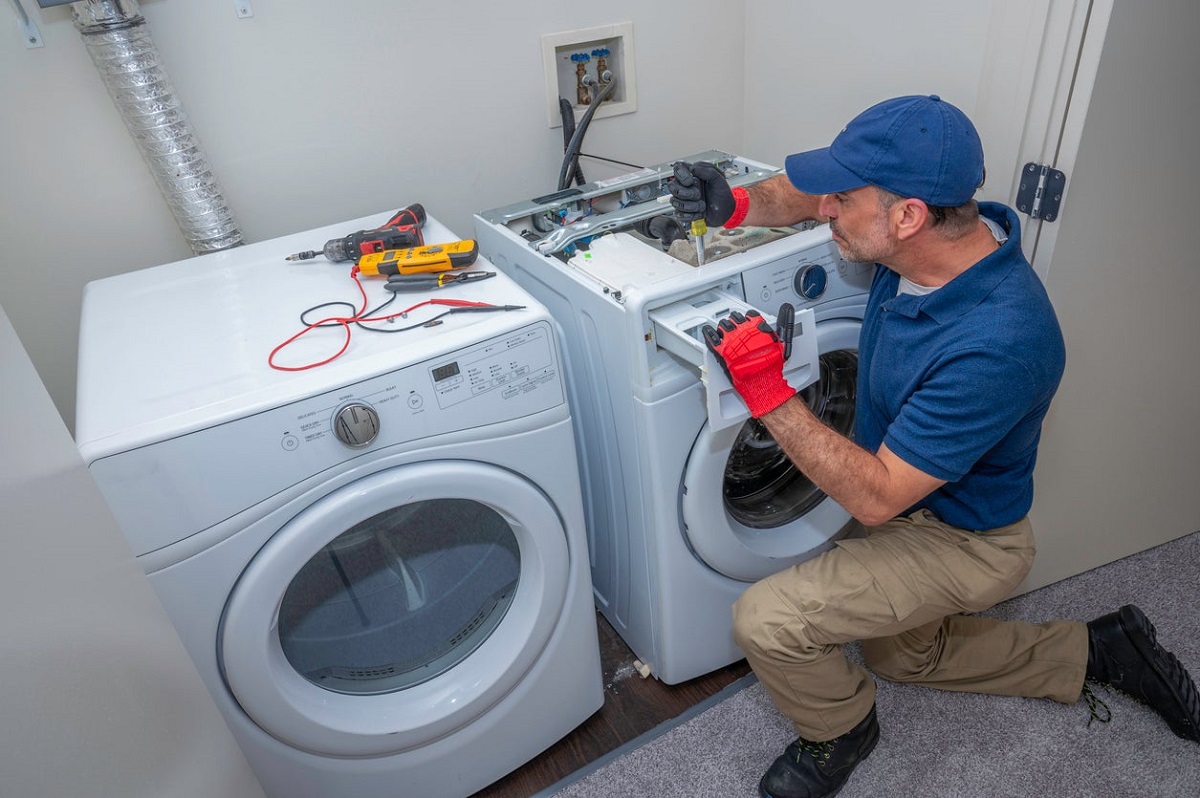
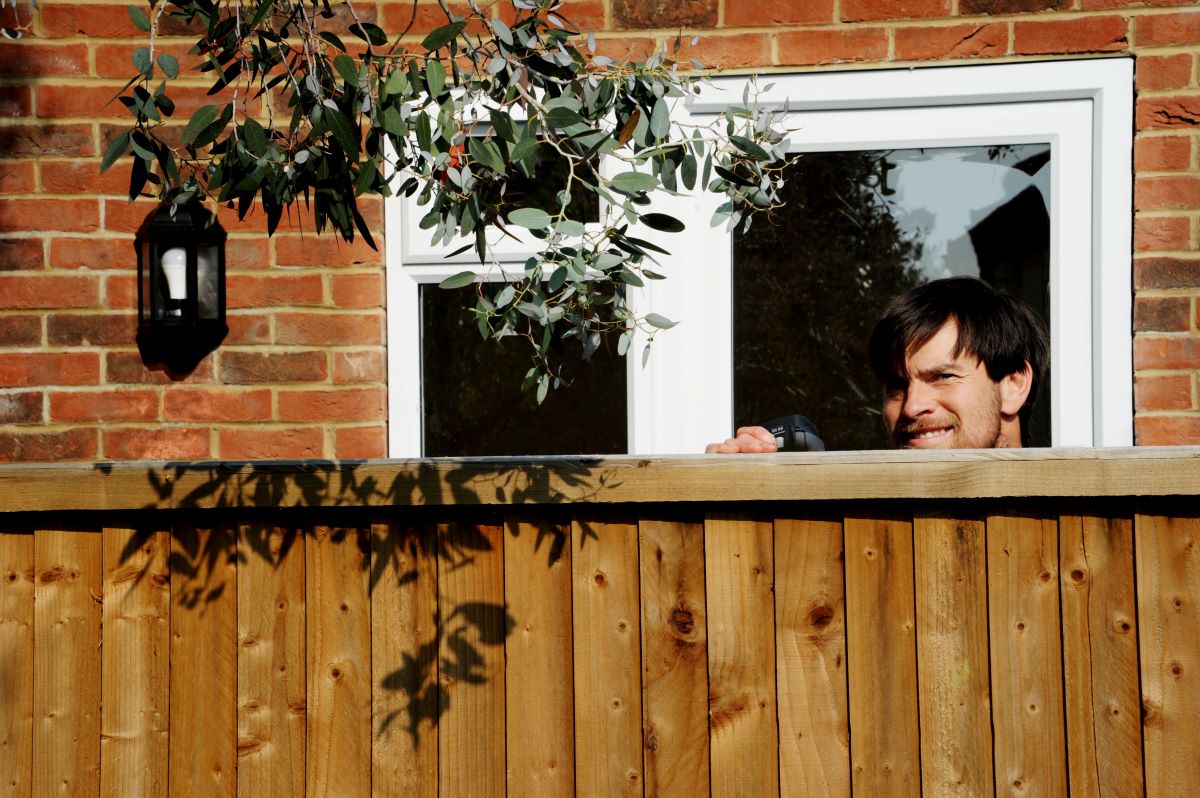
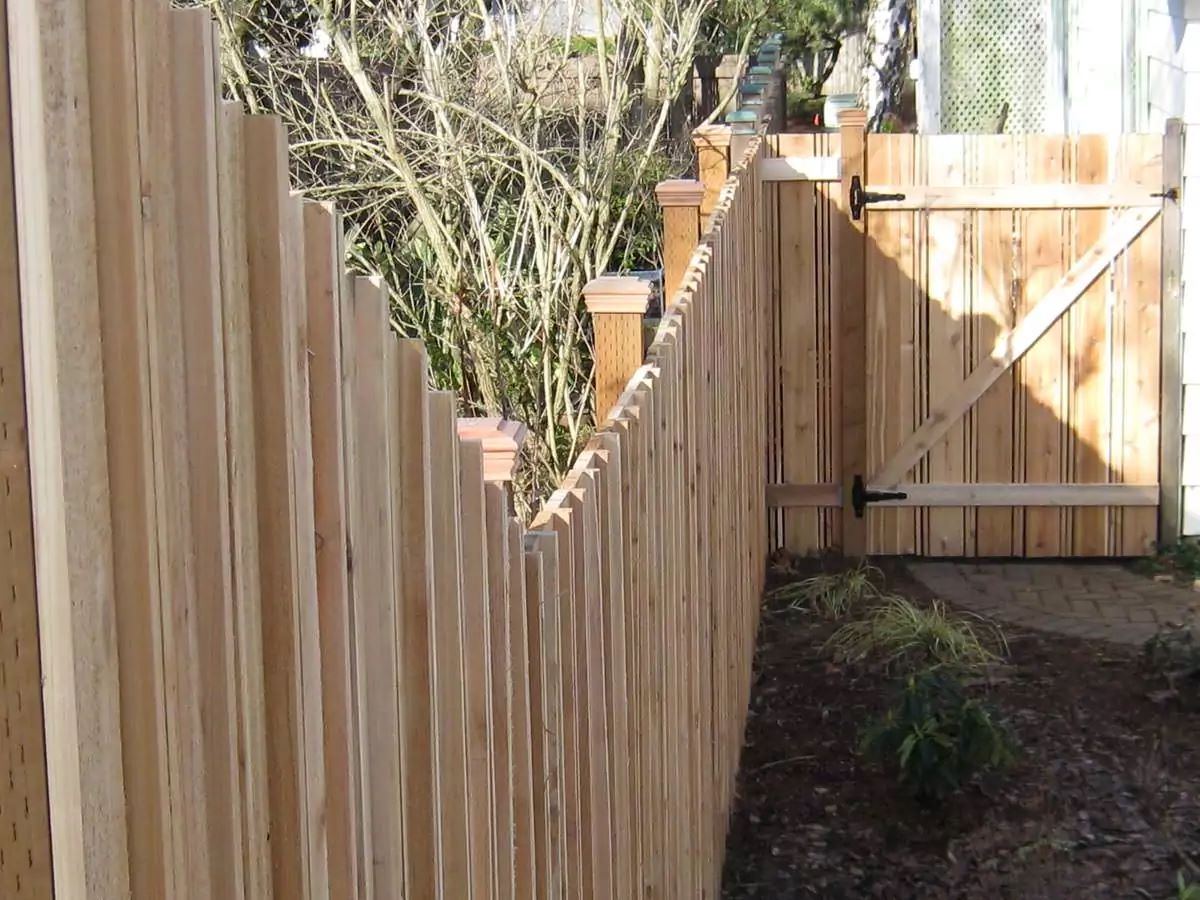
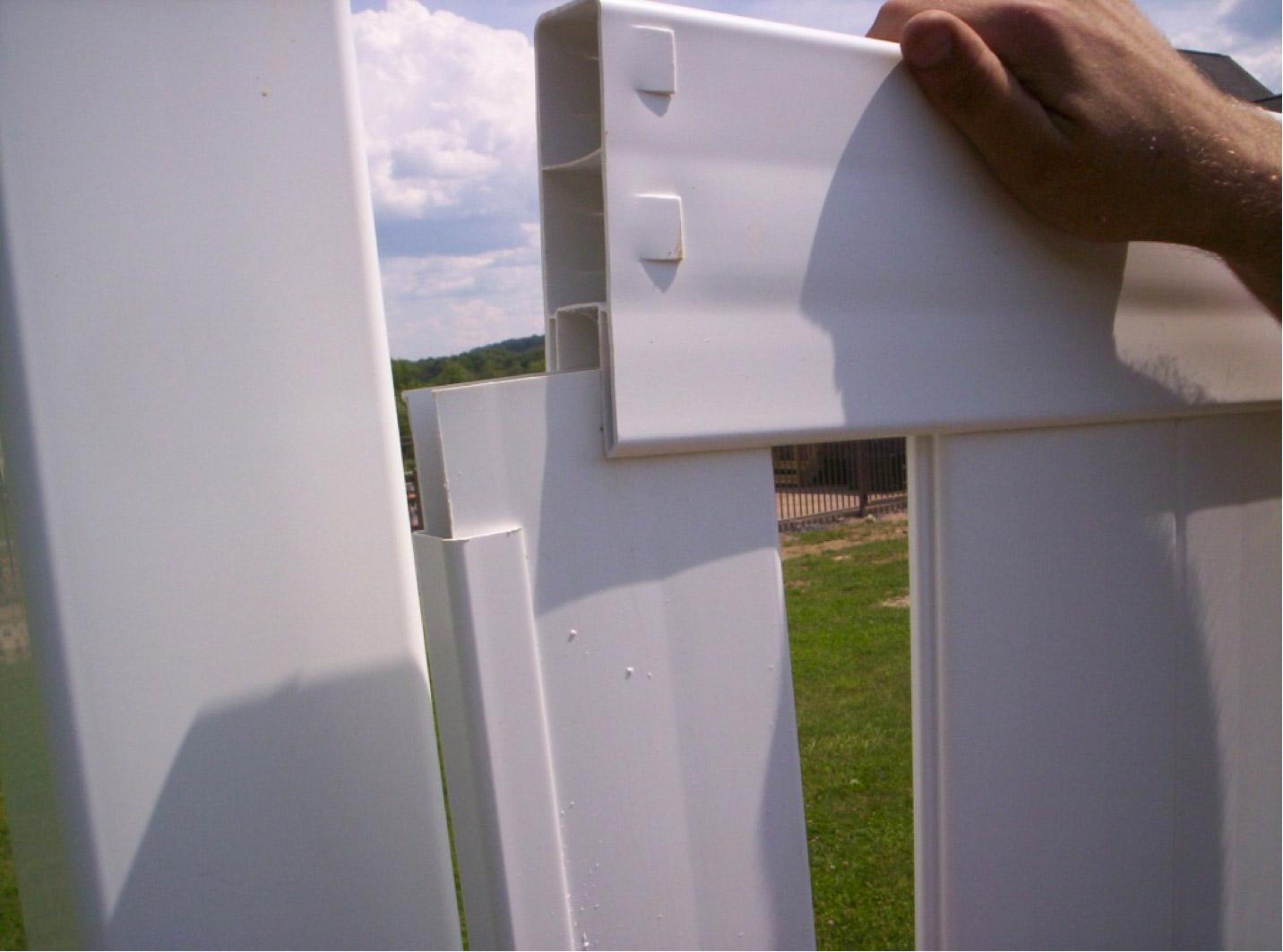
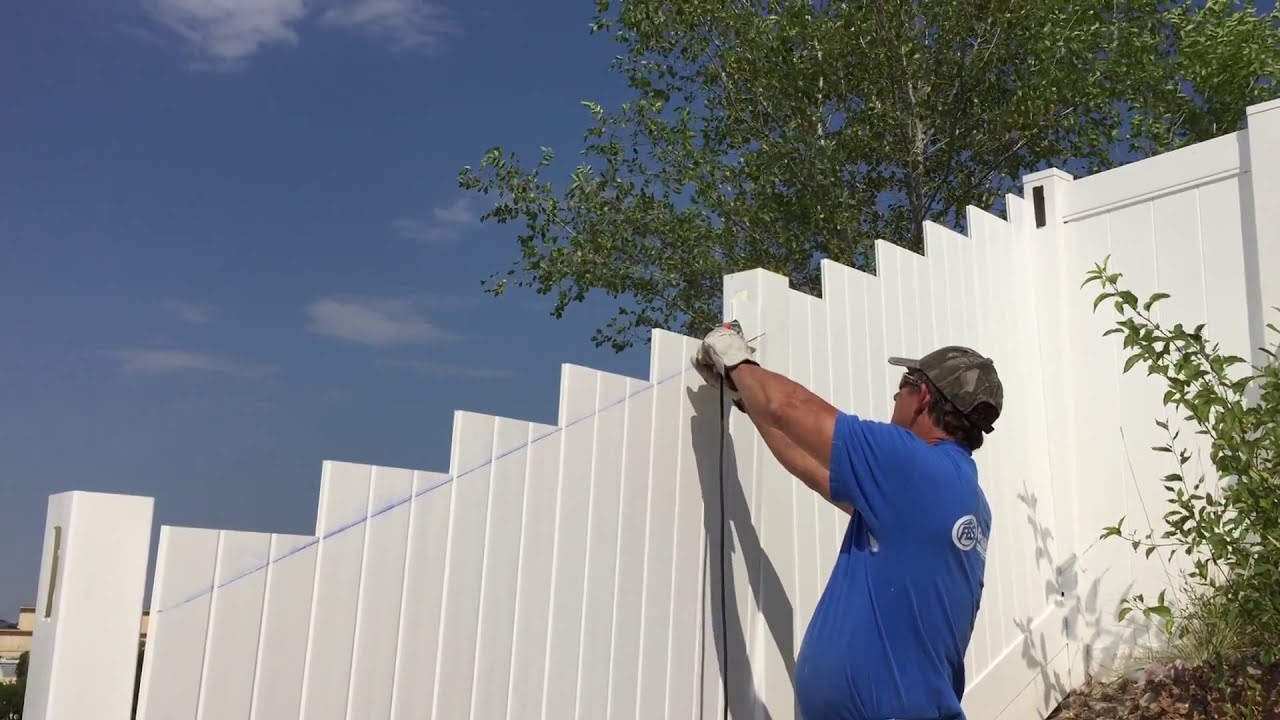
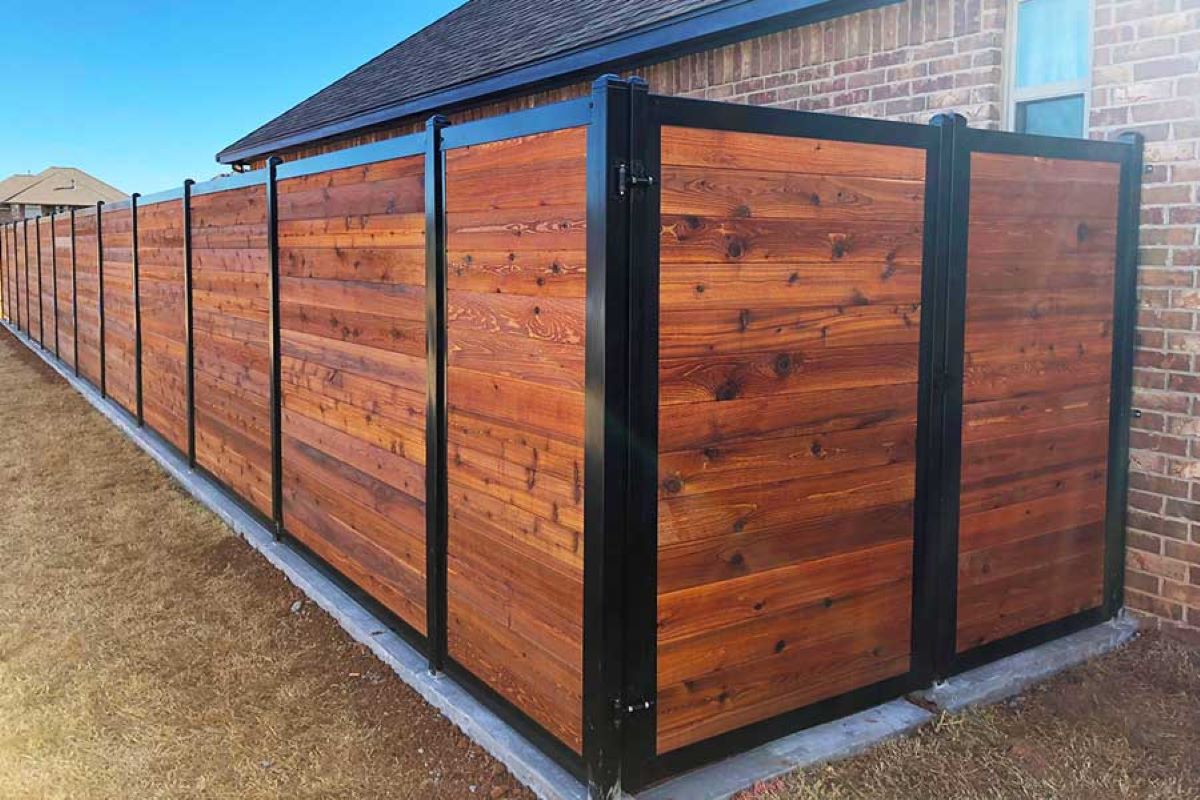
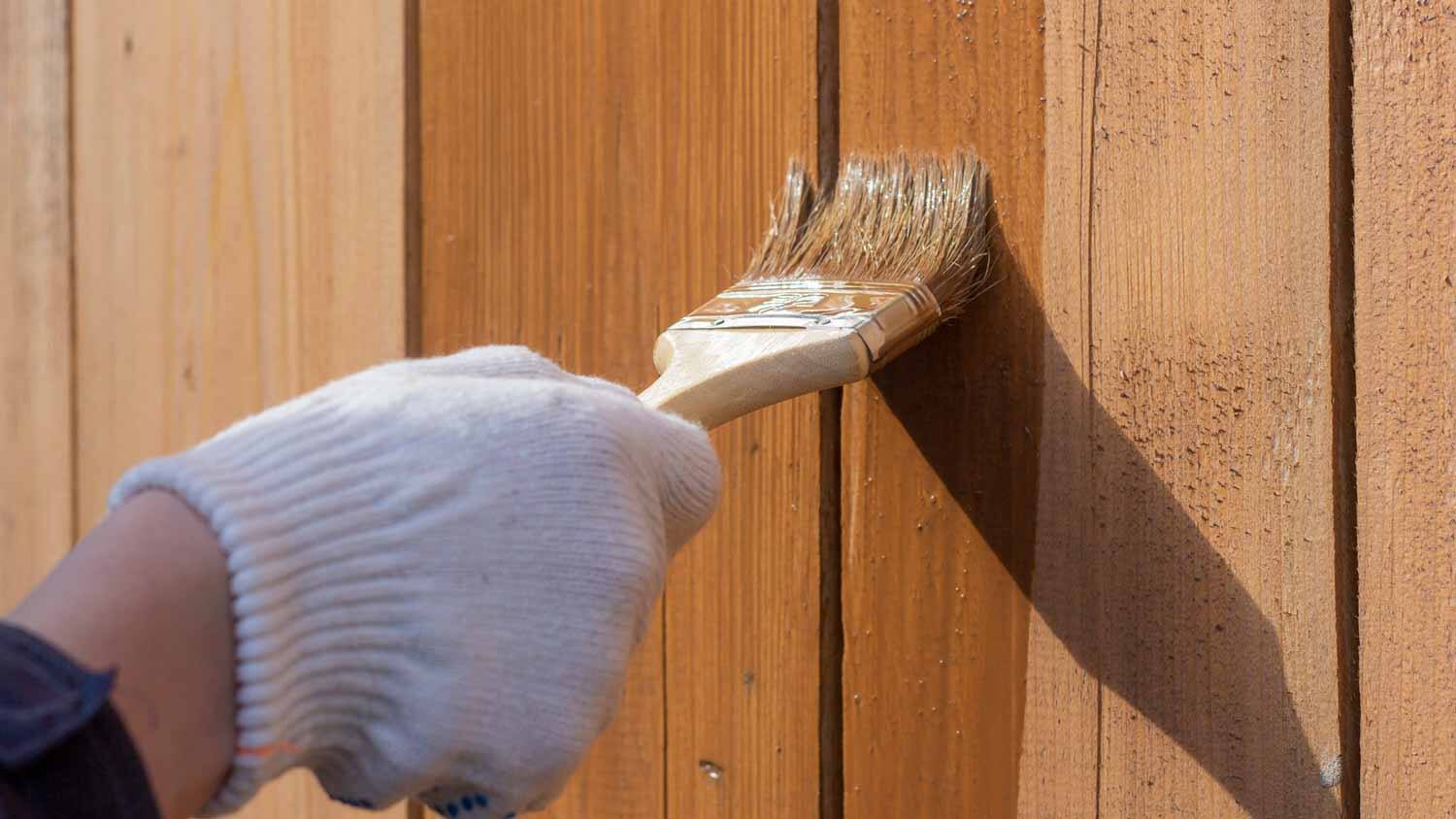
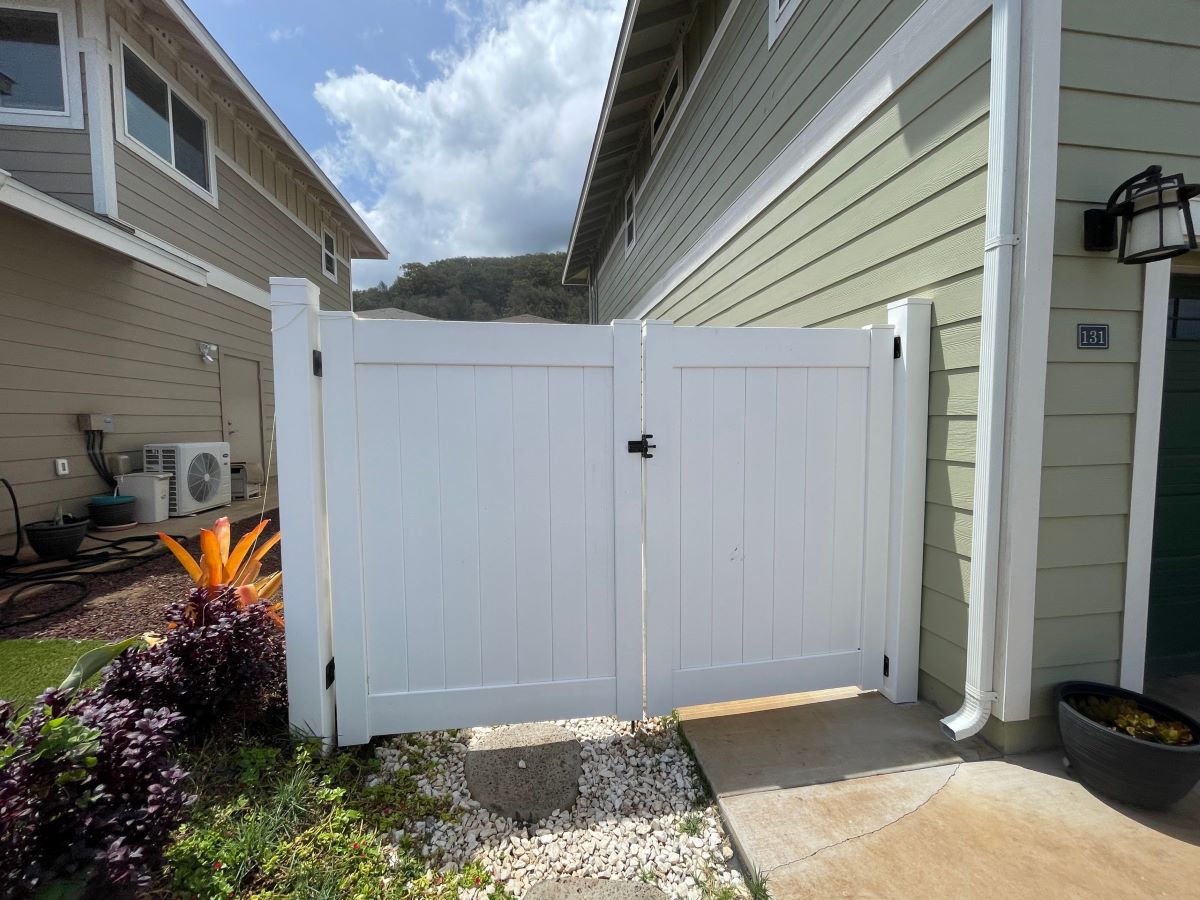
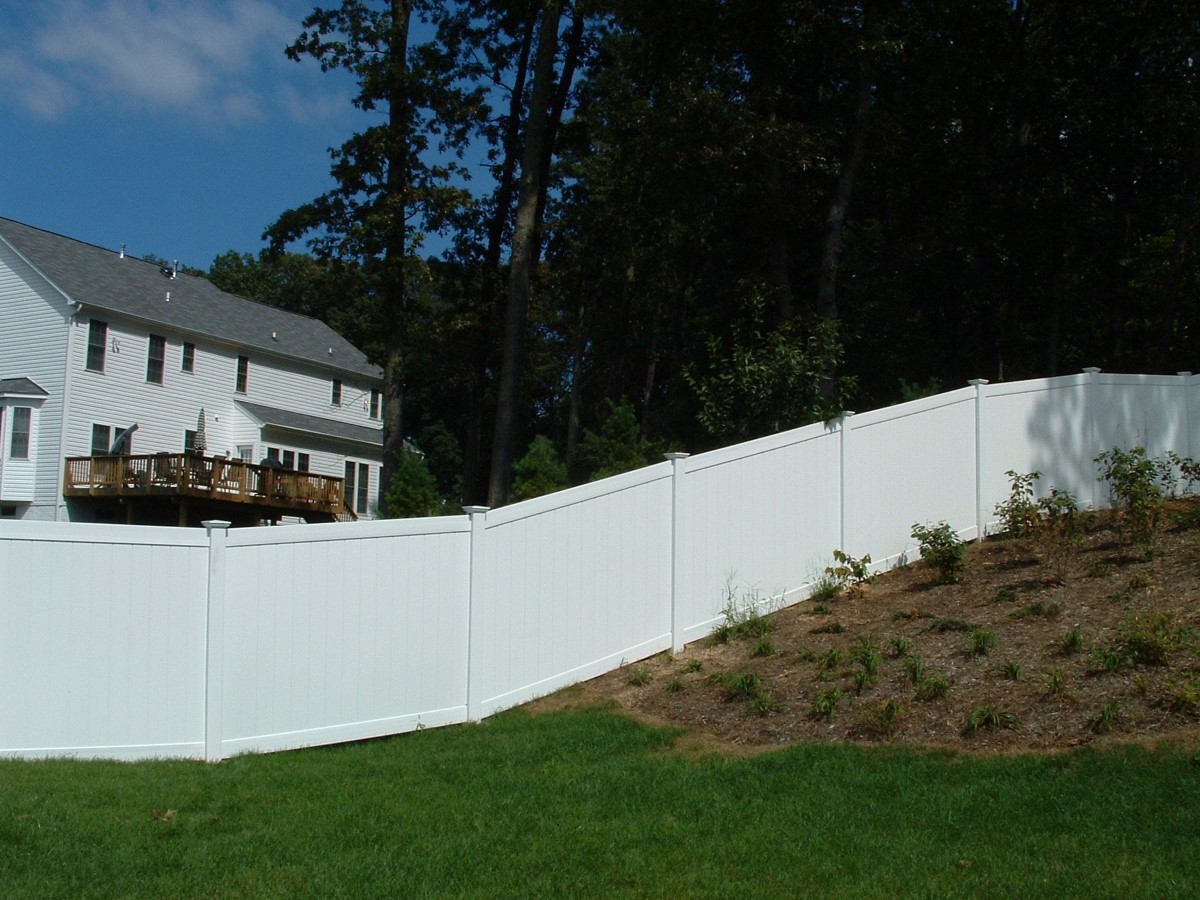
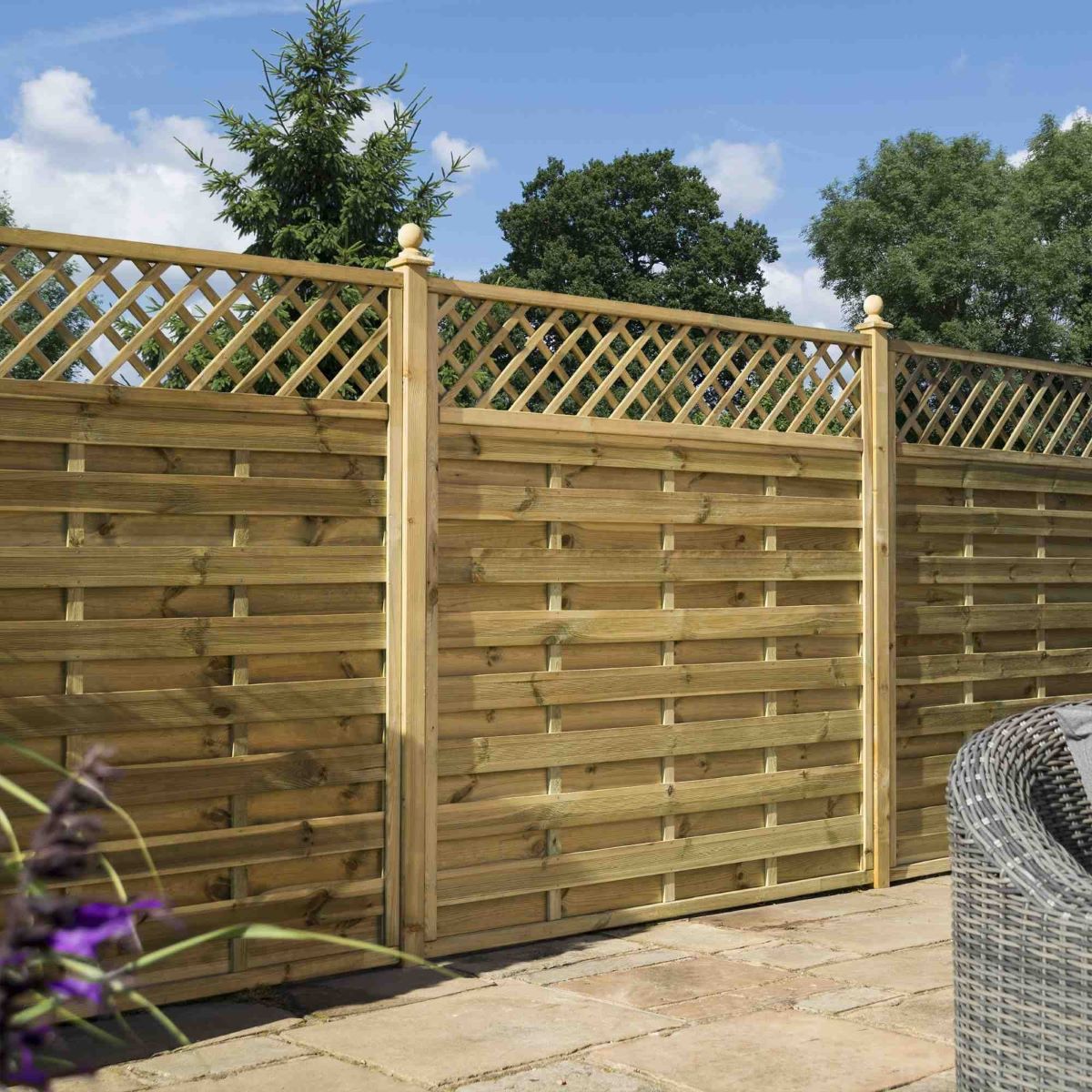
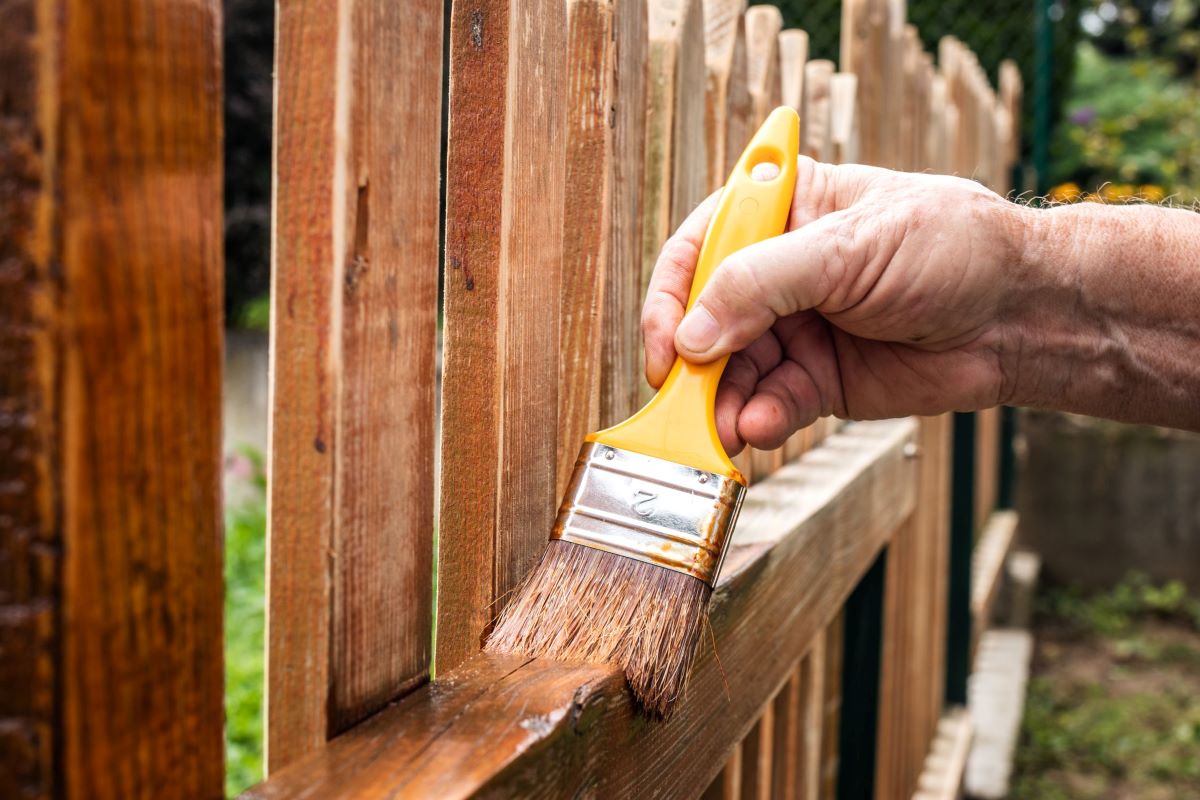



0 thoughts on “Who Is Responsible For The Maintenance, Repair, And Ownership Of A Fence”